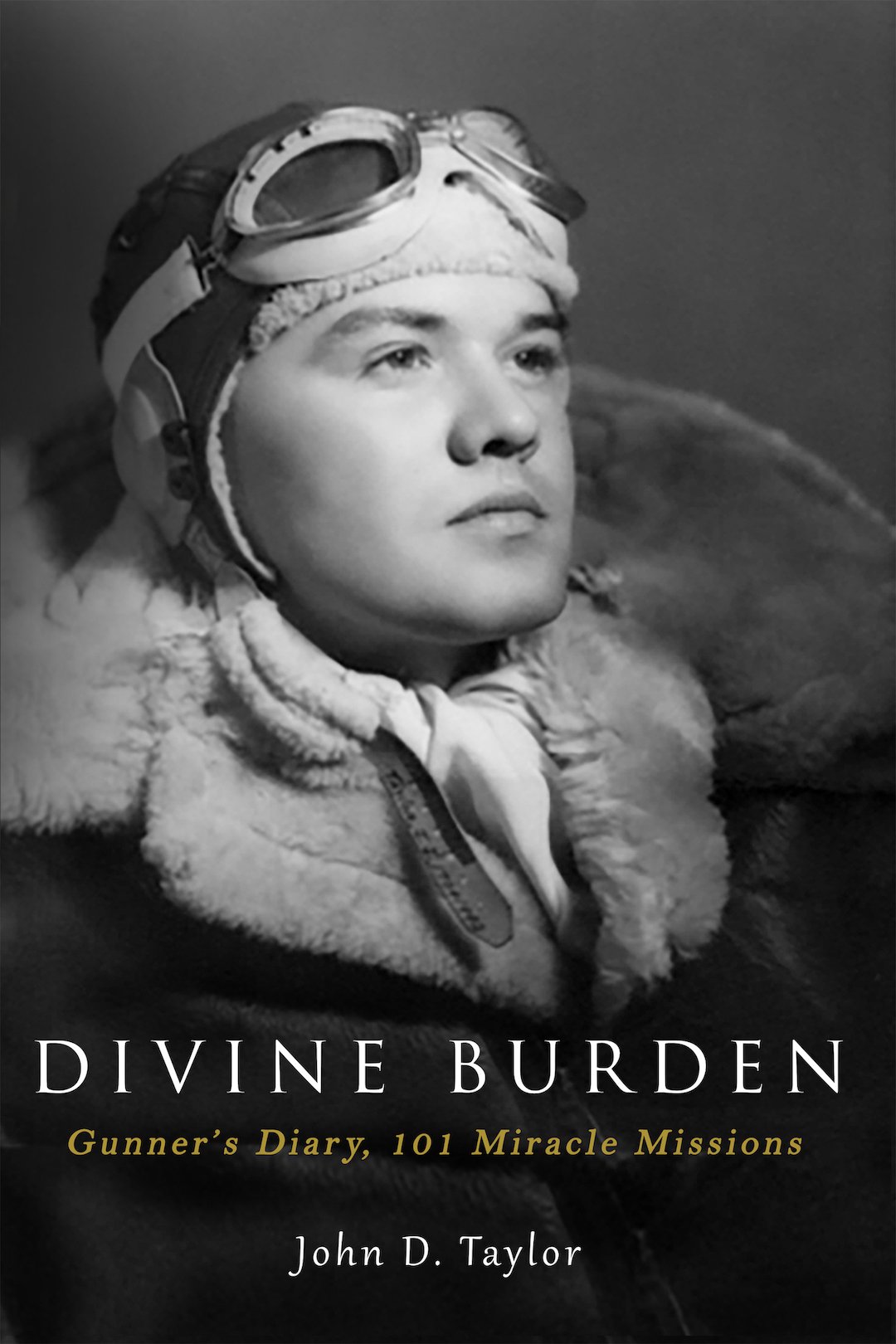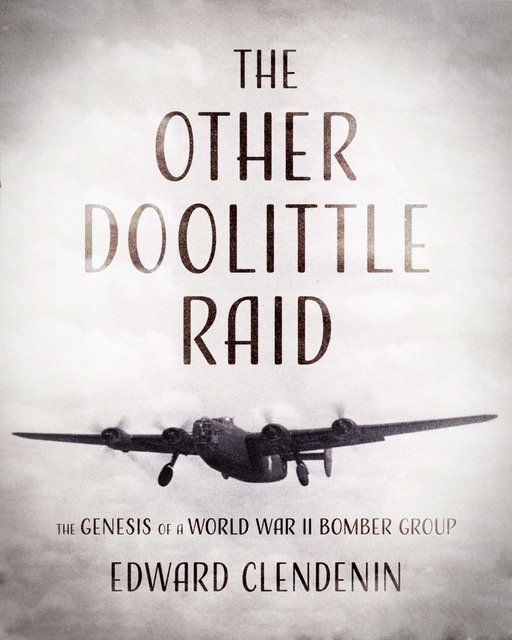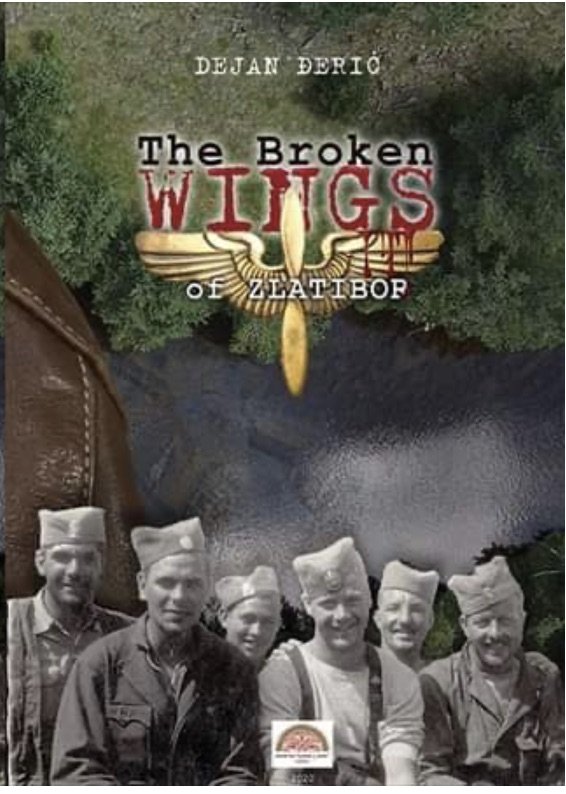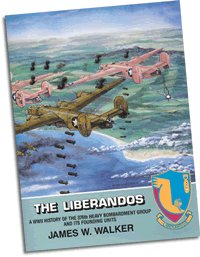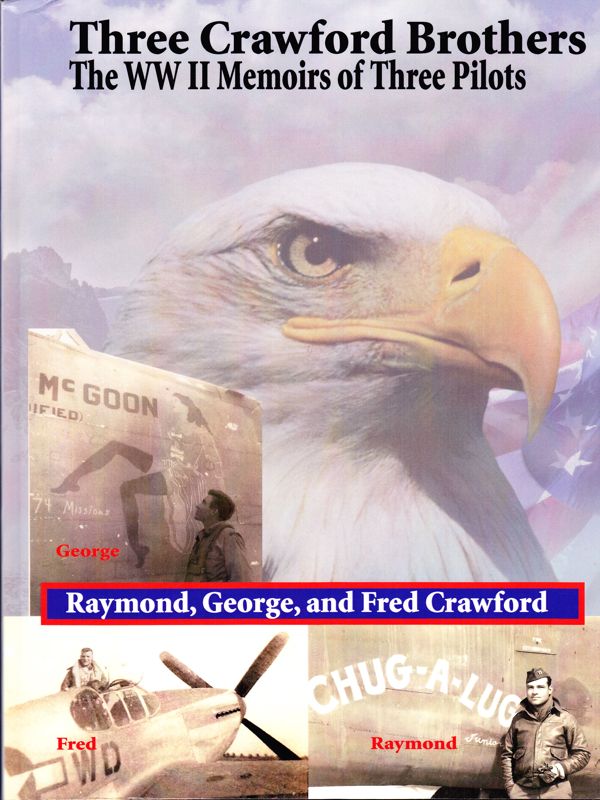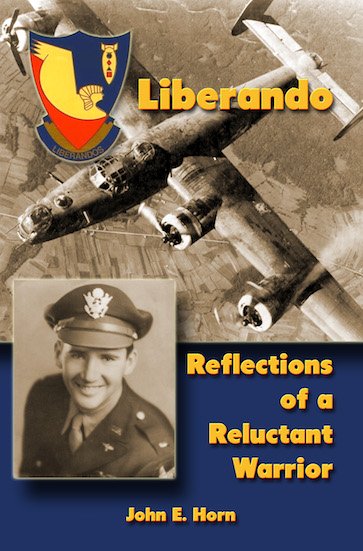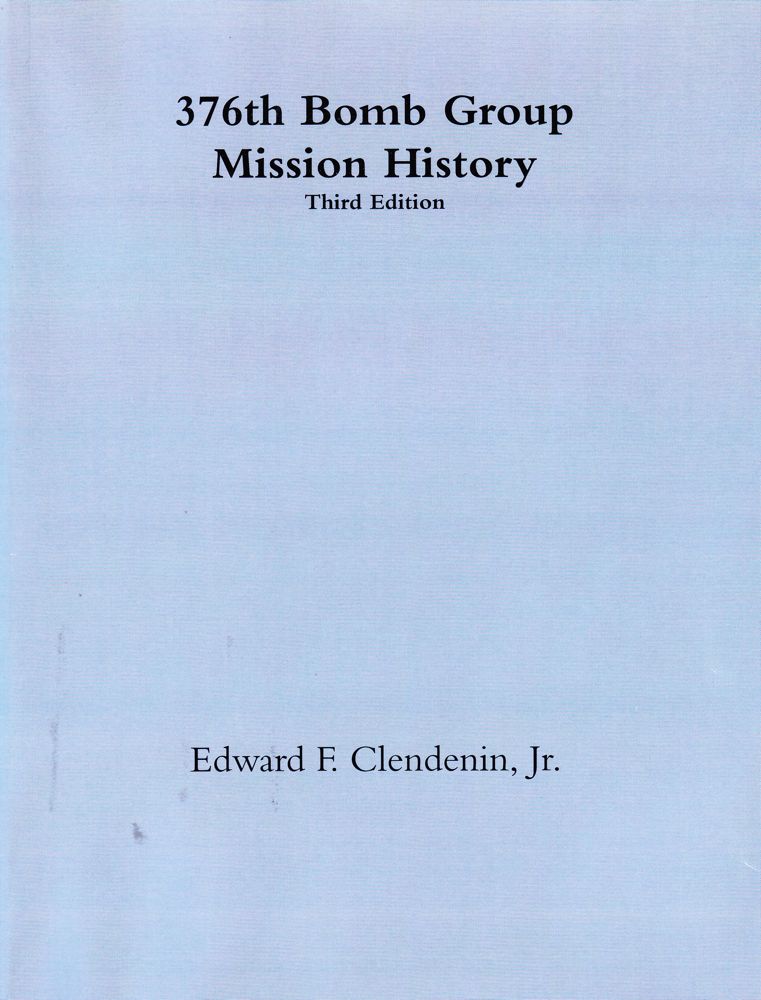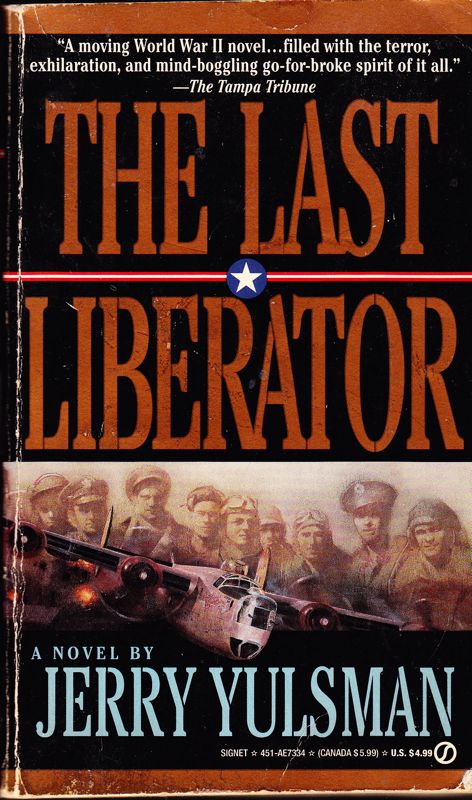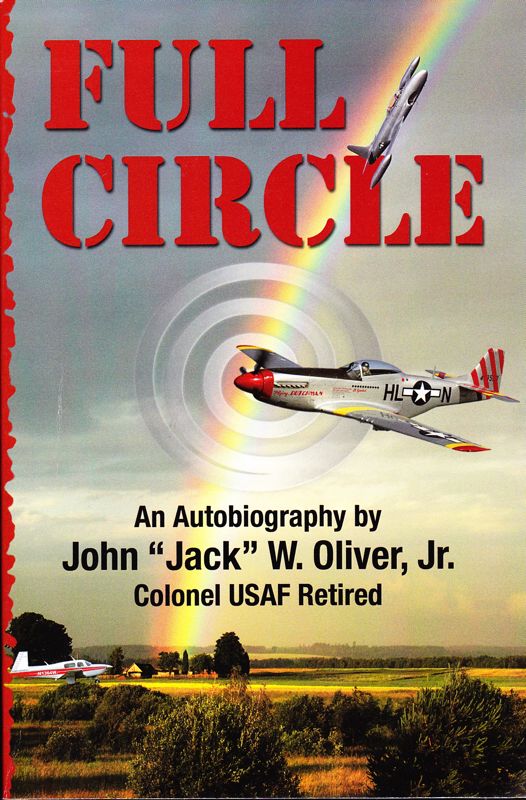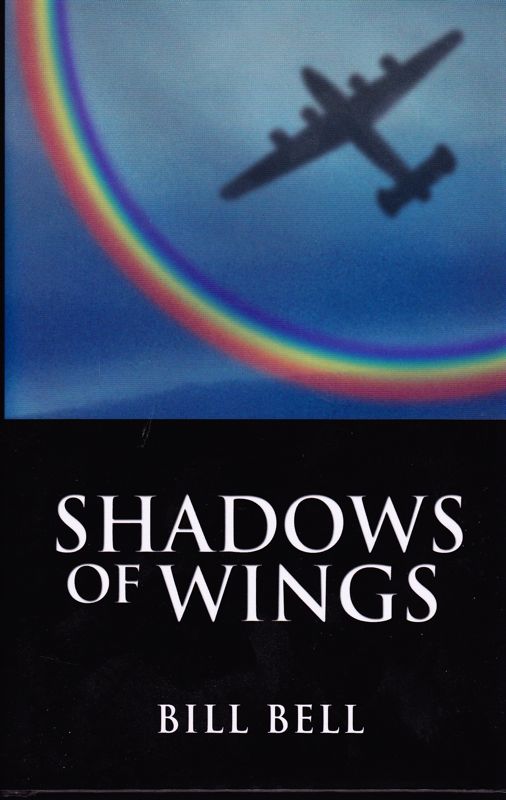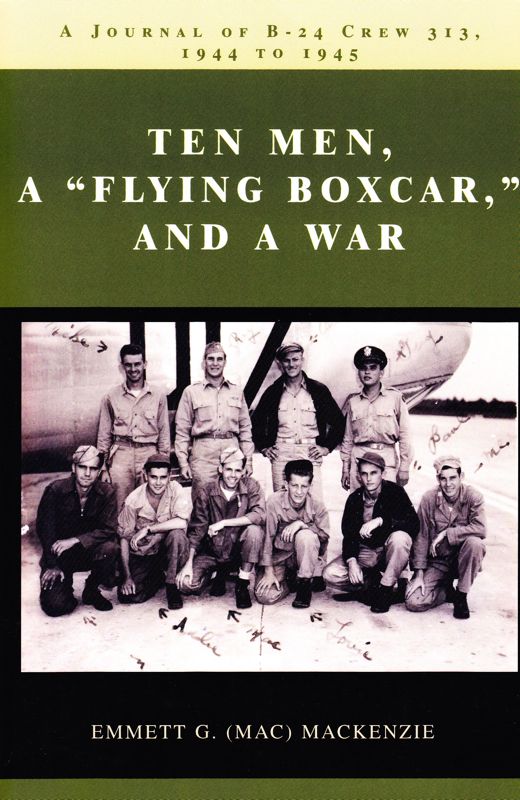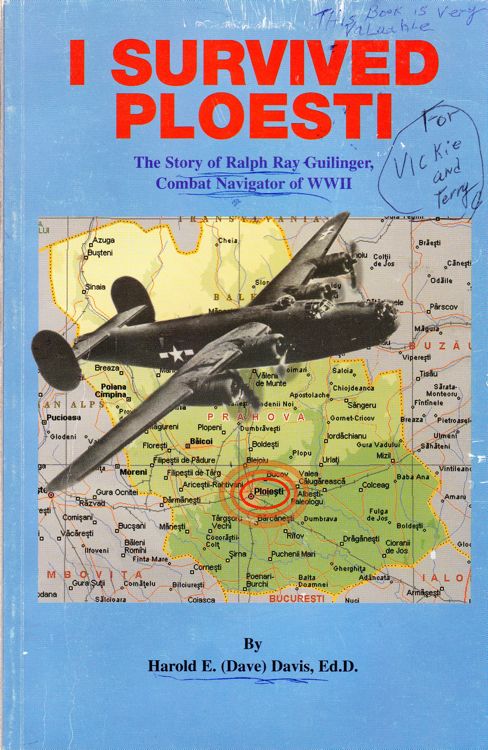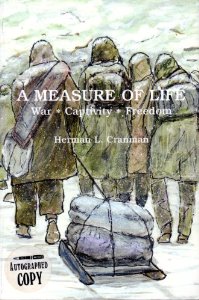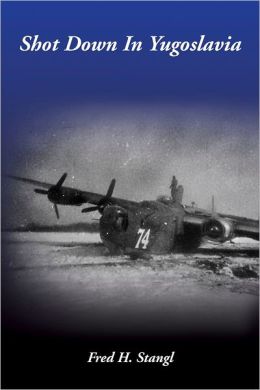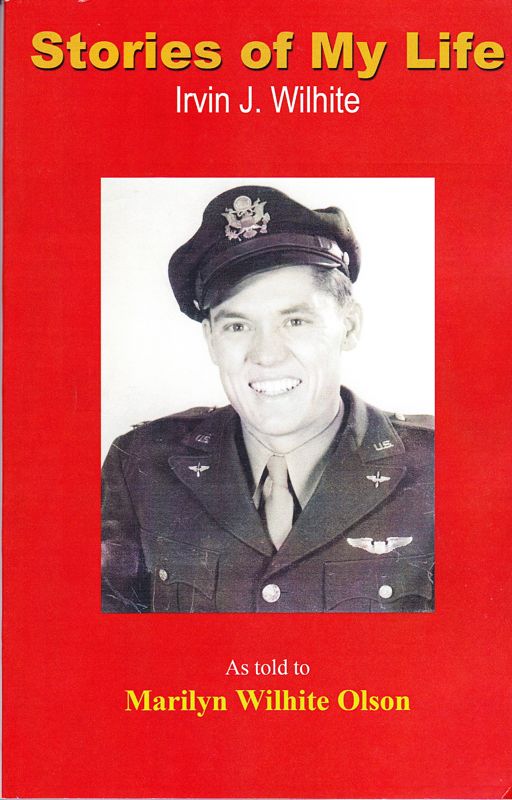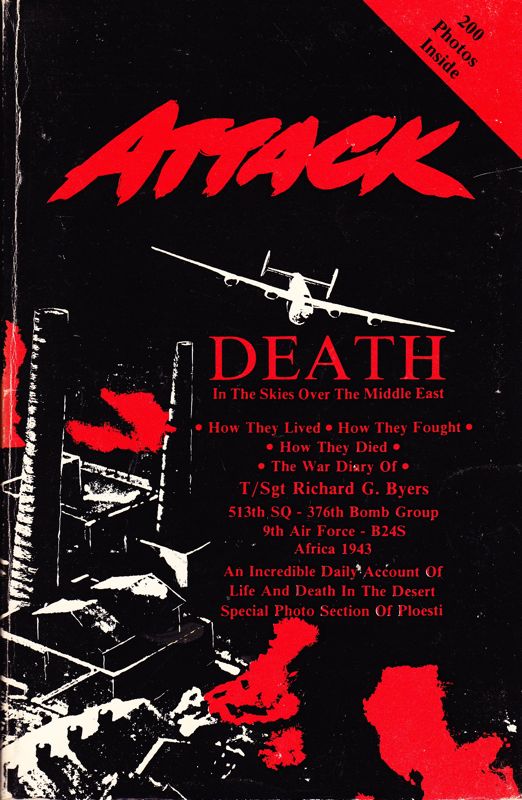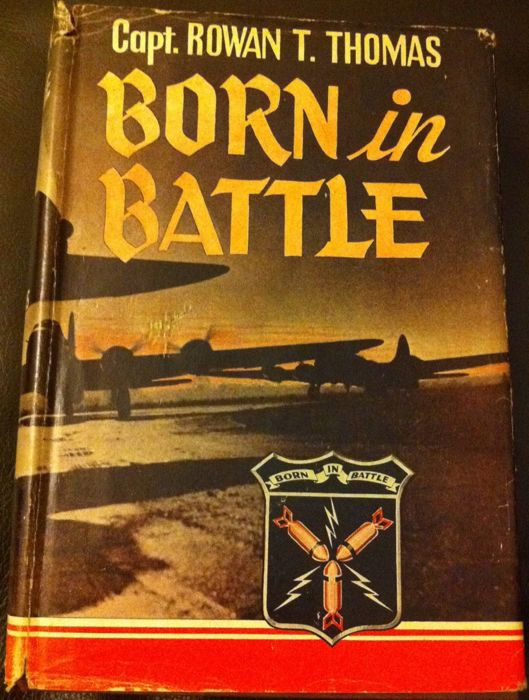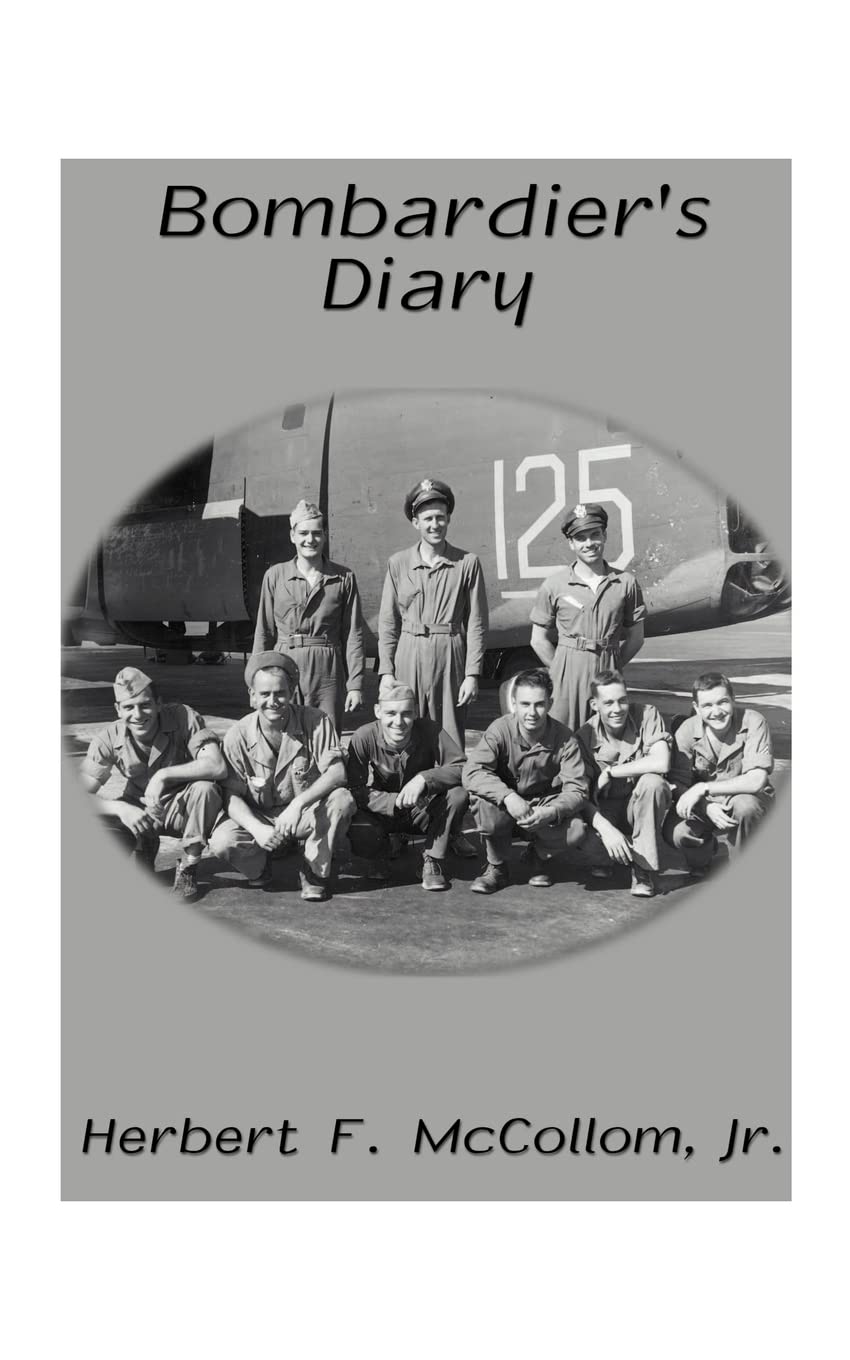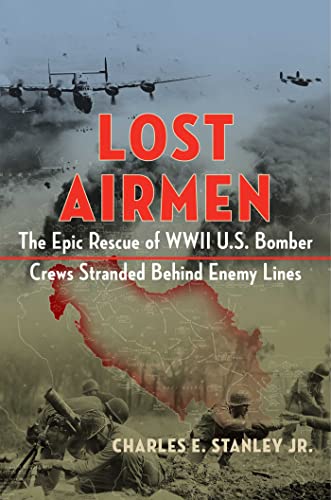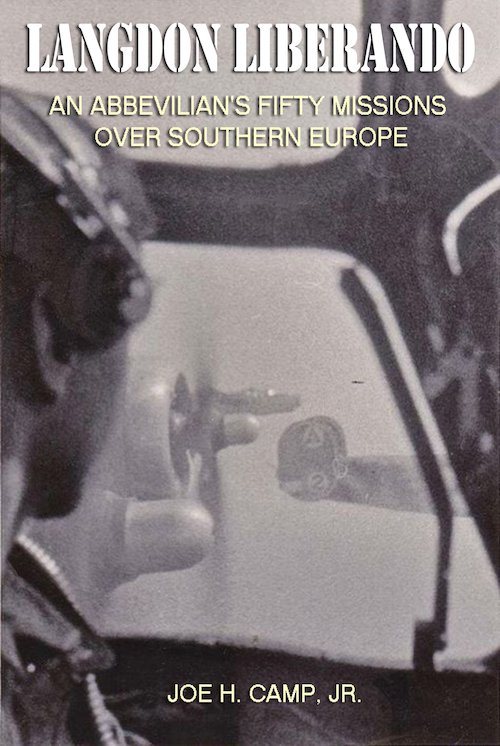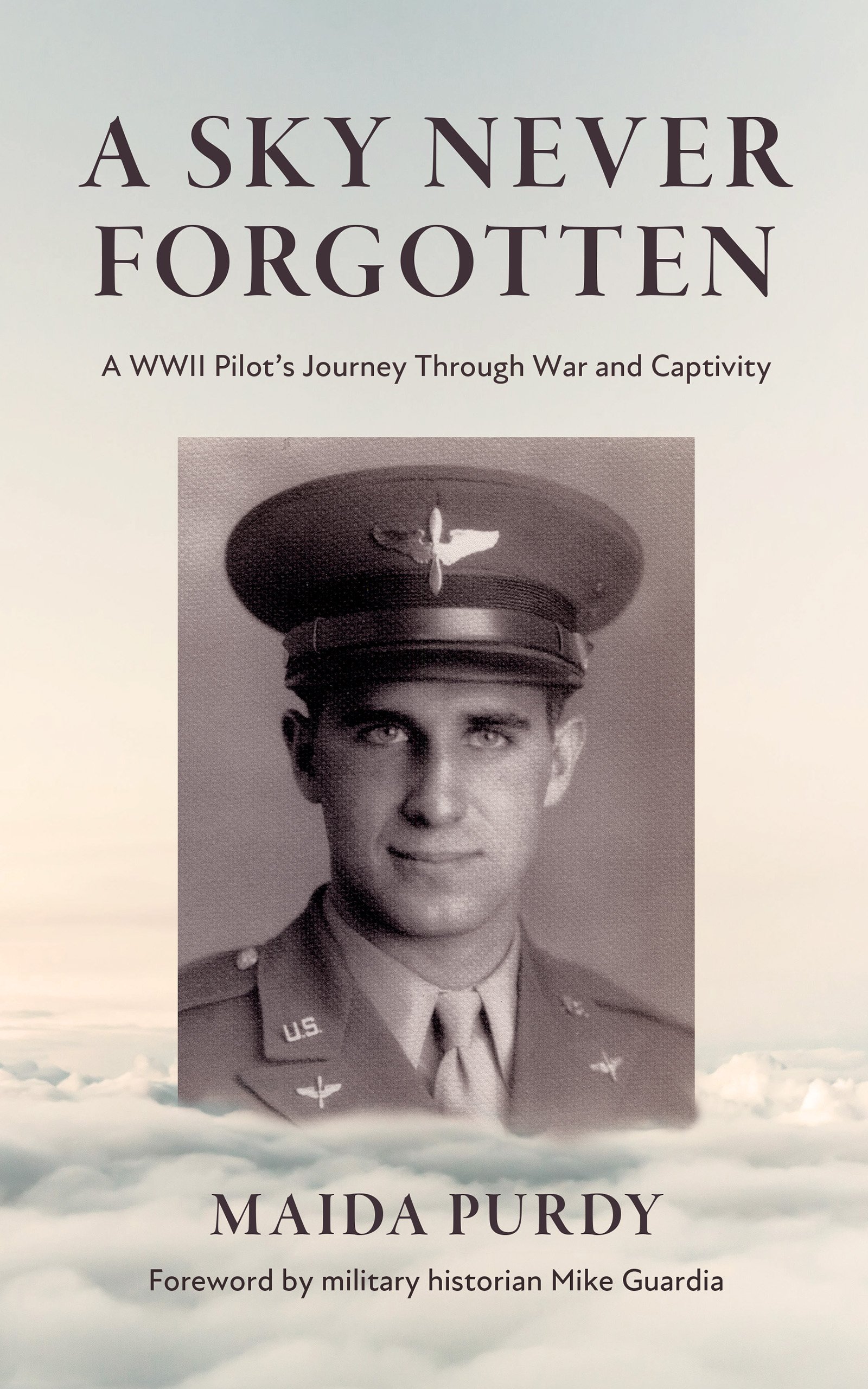Joseph J. Bitzer, Part 1
Aug. 29, 1991
History of the "BITZ-KRIEGERS”, the crew of a World War II B-24 four-engine bomber flying 16 missions out of Italy over enemy territory in early 1945.
Crew members with addresses and phone numbers are listed later, with the exception of Bombardier Art Hendren who trained but did not go overseas with the crew, Tail-gunner Bob Smith who left no forwarding address, and Upper Turret Gunner and Asst. Engineer Jim Fusco, who died in 1986.
In late September 1944, Pilot Joe Bitzer arrived at Westover Field, Mass., where he was assigned his crew. They were not known as the “BITZ-KRIEGERS”, a take-off from the German "Blitzkrieg" and the name "Bitzer" until later when Radio Operator Joe Szymanowicz turned out to be the one who kept the crew laughing, and coined the name.
The time in Massachusetts was spent with the usual paperwork, standing in line, and waiting. By mid-October the crew was at Chatham Field, Savannah, Georgia. Here they flew many training missions, low and high gunnery, low and high bombing, formation, day and night. The Flight Log shows, besides local flights, "cross-country” to Williamsburg and back, Montgomery, Miami, Pensacola., and a night flight to the Bahamas and back. All of this training took us to the end of 1944 - we had off Christmas.
We were transferred to "Staging" at Mitchell Field, New York, on Jan. 2, 1945. More paperwork, standing and waiting. Then the Top Secret Orders to a pier in Norfolk, Va. - they didn't want the enemy to know that we were coming, we and thousands of others - they didn't really tell us where we were or where we were going •. We climbed on board an old liberty ship carrying 'plenty of gear, and crossed the Atlantic with a bit of seasickness here and there.
We landed at Naples, Italy, a BIG city, teeming with military - and small Italian boys, “Hey, Joe, you gotta candy, cigarette, wanna meet my sister?" Then we travelled across Italy to Bari in a box-car, fit for cows and horses. It was January in Italy when the weather is cold and humid. There is no way to put enough blankets on to keep warm as you lay on your cot. The trip to Bari on the Adriatic Sea was to confuse the enemy, since we were destined for Lecce way down in the heel of the boot.
The BITZ-KRIEGERS were assigned to the 15th Air Force, 47th Wing, 376th Bomb Group, 5l3th Bomb Squadron.
The Flight Log shows missions to Verona Loco Repair Depot; Salzburg M/Y (marshalling yards for railroads); Brescia M/Y; Maribor, Yugoslavia Loco Depot; Florisdorf (Vienna); Varazdin, Yugoslavia, R.R. Bridge; Wiener Neustadt M/Y (three times); Landshut, Germany M/Y; Neuberg, Germany; St. Polten, Austria M/Y; Defense Position, Northern Italy; and Bologna East Area, Italy. Lots of organization, training, ground work and crew working together was accomplished 'for each mission flown.
All of these missions were with the 376th, which was organized as a Bombardment Group in May, 1942, of B-24- Liberator bombers. The group played a huge part in the war from Africa and Italy to Ploesti, Southern France and Normandy. Over l8,000 Liberators were built during WWII, more than any other American combat aircraft.
Since the 376th, with the help of the BITZ-KRIEGERS, (and a few other troops across Europe) were bringing the war to a close, we were moved north in Italy to Foggia, assigned to the 304th Wing., 456th Bomb Group, 745th Bomb Squadron. On April 21 we took off on a mission, with the usual jockeying to get our correct position in the formation, surrounded by hundreds of planes zooming across the Adriatic. One engine seemed not to be functioning at peak performance, and with quite a load of bombs we were slipping behind our squadron. We hung around other squadrons hoping to get to the target, but finally decided to turn back. We dropped our bo~ in the Adriatic, and, continuing to lose altitude, decided to try for a grass field on an island off the West coast of Yugoslavia. This field was just inside friendly territory where a wide variety of American and British aircraft in trouble landed. So no problem, except word from Engineer Ed to Pilot Joe that our landing gear would not come down. B-24s don’t land too well without wheels - so Ed began to manually crank the gear down - and Joe kept on gliding down to a landing, hoping Ed would give the “gear down" call in time. Well the call came just as Joe gave it the gun to try one more time, around the field, turning into the dead engine, and landing.
We got a hole or two in our B-24s now and then, but this was engine failure. Once on the ground the men told Pilot Joe of a hair-raising experience while in the air, not wanting to bother him earlier since he had the engine problem to fuss with. It seems "Putt-Putt” in the ball turret, lost his oxygen and passed out, was aided with some heroics by Ed and Joe, and so another ho-hum day was recorded. Later we heard from other airmen that as we lagged back in the traffic headed for the target, maintaining radio Silence, more than one .50-caliber machine gun was aimed our way, just in case we were some bold enemy infiltrating the mission. The next day we were loaned another B24 to fly home, and on 'approaching our field radioed in. The response from our field was that we could not be this crew because that's not the B24 they left in yesterday, and they were lost in combat - the people in Yugoslavia had more to do than radio our home base that we were there. Evidently we talked our way in.
Our next mission was our last to Linz, Austria M/Y on April 25, 1945. Much of the enemy aircraft and production had been destroyed by Allied bombing, so our greatest fear was of getting hit by flak tearing up engines or parts of the plane, or crew members. Flak guns were continually pulled back and grouped around targets for better concentration on incoming bombers. On occasion we would see a B24 or B17 flying at our altitude but out of range, a plane captured by the enemy and letting their comrades know on the ground what our altitude and speed were.
The war ended in early May, and everyone was ready to go home. The BITZ-KRIEGERS had become a family, with Pilot Joe and Jim Fusco the oldies at 24, down to the l8-year-olds. Jim was the only one married, and we had known his lovely wife, Helen, and young son, Jim Jr. Much time was spent at the Enlisted Men's tent or in town - all of us enjoying each other’s company and knowing that each one did the best job he could, with our lives depending on just that.
We finally got a B24 to fly home on July 12, took off with a total of 15 people but without Jack Carson and Bob Smith, who caught another flight. The first leg of our flight to the States was a ten-hour flight from Gioia, Italy to Marrakech, French Morocco, Africa. Then an eight-hour-twenty-minute flight to Lagens, Azores. From there a 9 1/2 hour flight to Gandor, Newfoundland. Without anyone shooting at us, this journey was nevertheless exciting, with blowing sand in Morocco, an uphill landing strip in the mountainous Azores, and the star-reading by our able Navigator, Royce, who had to be awakened from a nap when the pilot wanted another check on direction. Weather conditions, and red tape, kept us from taking off on our last leg to Bradlev Field. Connecticut until July 20.
Heading for home we encountered a line of thunderstorms which proved too much to get around so we got permission to land at Portland, Maine. This small field had seen nothing bigger than a C-47, so we had towns-people out looking over this big bomber back from the way. Several of the crew really celebrated their return to the States in town, and were bailed out by Pilot Joe. We had a "movie” take-off the next day from a 3,000-ft. runway, barely clearing the trees at the end of the runway - the book says you don't do this. We landed in Connecticut, did the usual paperwork, said ‘Goodbye" and headed home, each in a different direction.
Christmas cards have been exchanged over the years by some of the BITZ-KRIEGERS, with the latest on families. In 1956, Benton Pruet and family visited Joe Bitzer and family; in 1963 the Bitzers visited Jim Fusco, Joe Simmons (changed name from Szymanowicz - and I always loved the song with Szymanowicz instead of "Harrigan, proud of all the Irish in me") and Dan Tirpak and family. Joe Bitzer saw Jim Fusco again in 1964. In 1989, prompted by some information on the 50th anniversary of the first B24, Pilot Joe tried locating others in the crew, after seeing Joe and Dan and wives in N. Y., talking on phone to Benton, finding Ed Flowers by phone, as well as Jack Carson, and seeing Royce Northcutt and wife, Ruby at Gulf Shores, Alabama where Ruby's family was having a reunion.
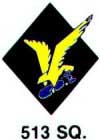
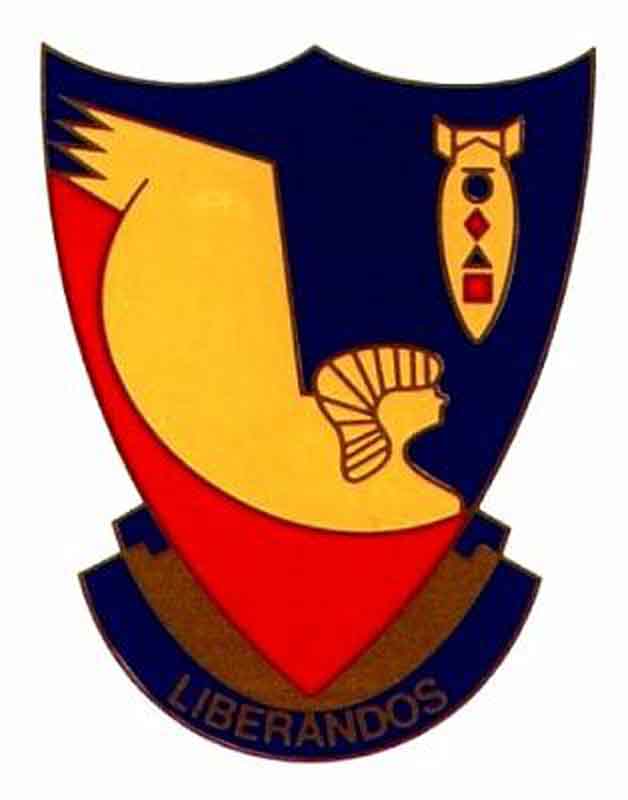
The website 376bg.org is NOT our site nor is it our endowment fund.
At the 2017 reunion, the board approved the donation of our archives to the Briscoe Center for American History, located on the University of Texas - Austin campus.
Also, the board approved a $5,000 donation to add to Ed Clendenin's $20,000 donation in the memory of his father. Together, these funds begin an endowment for the preservation of the 376 archives.
Donate directly to the 376 Endowment
To read about other endowment donation options, click here.
Reunion
NOTE change in the schedule !!
DATES: Sep 25-28, 2025
CITY:Rapid City, SD
HOTEL: Best Western Ramkota Conference Hotel; 2111 North LaCrosse St., Rapid City, SD 57702; 605-343-8500
Click here to read about the reunion details.
